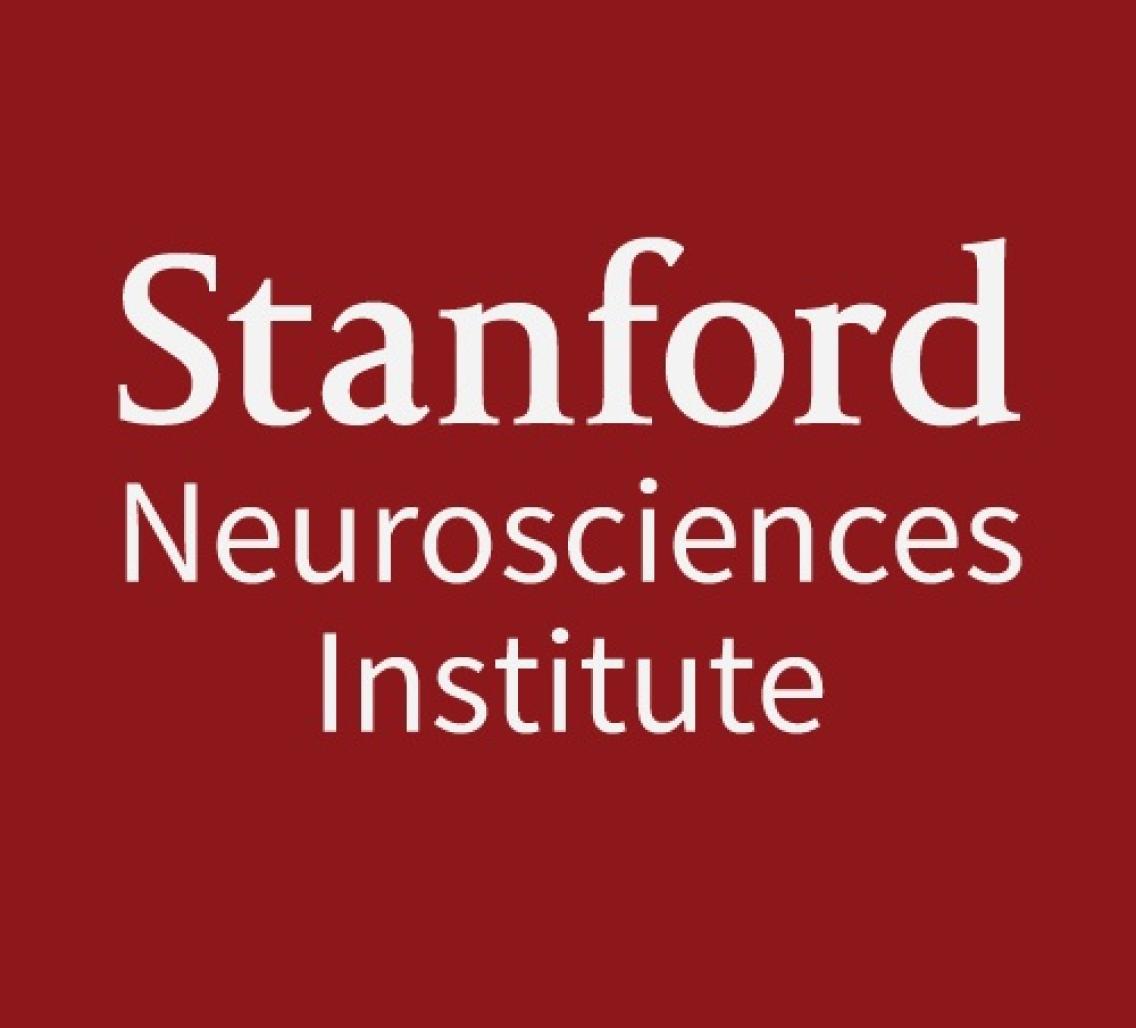Event Details:

The mechanisms of transmission at hippocampal mossy fiber synapses
Peter Jonas, MD Professor of Neuroscience and Physiology, Institute of Science & Technology, Austria
Host: Thomas Südhof
Abstract
The mossy fiber synapse on CA3 pyramidal neurons is a key synapse in the trisynaptic circuitry of the hippocampus. However, the functional properties of this synapse have been hard to analyze, because it is difficult to specifically stimulate mossy fibers, and, in particular, to selectively activate single inputs. To characterize synaptic transmission at hippocampal mossy fiber synapses at the unitary level, we made paired recordings between presynaptic mossy fiber terminals and postsynaptic CA3 pyramidal neurons. Presynaptic bouton-attached recording allowed, for the first time, selective and noninvasive stimulation of presynaptic mossy fiber terminals.
We first determined the basal efficacy of a single mossy fiber–CA3 pyramidal neuron synapse. Although EPSPs, evoked by single presynaptic APs in a single presynaptic terminal, had large amplitudes, the amplitude of single EPSPs was insufficient to trigger spikes in postsynaptic CA3 pyramidal cells. However, repetitive stimulation of the presynaptic terminal markedly increased the probability of postsynaptic action potential initiation, consistent with “conditional detonation“ properties of hippocampal mossy fiber synapses.
To probe the underlying mechanisms, we analyzed the mechanisms of Ca2+-dependent transmitter release at this synapse. Probing the channel–sensor coupling distance with the fast Ca2+ chelator BAPTA or the slow Ca2+ chelator EGTA, we found that coupling at this synapse was surprisingly loose, with a coupling distance of ~80 nm. Furthermore, presynaptic washout experiments suggested that endogenous mobile Ca2+ buffers controlled transmitter release probability. Finally, wash-in experiments suggested that the endogenous Ca2+ buffers had properties comparable to that of the fast chelator BAPTA. Both washout and wash-in experiments indicated that saturation of the endogenous buffers contributed to facilitation of release.
Mossy fiber synapses not only exhibit facilitation, but also marked posttetanic potentiation (PTP). To test whether PTP can convert a subdetonator into a detonator synapse, we applied a high-frequency stimulation (HFS) protocol. HFS-induced PTP converted mossy fiber synapses from a “subdetonation“ into the ”full detonation“ mode for an extended time period. Plasticity-dependent, full detonation may be critically important for efficient coding, storage, and recall of information in the granule cell–CA3 cell network.